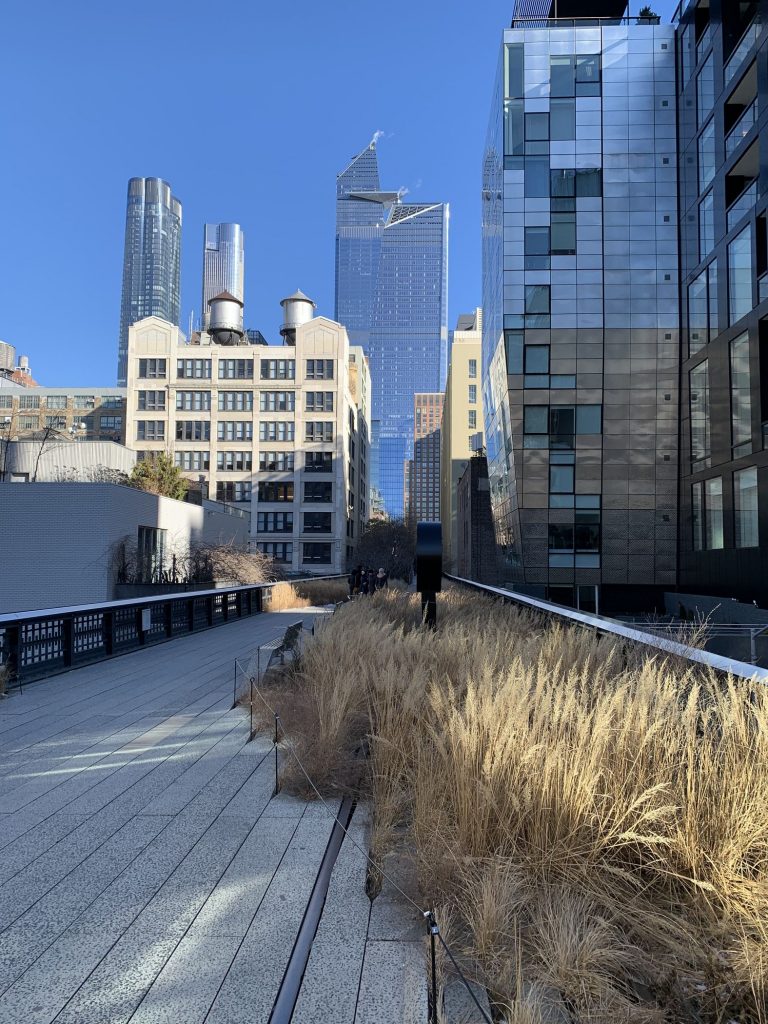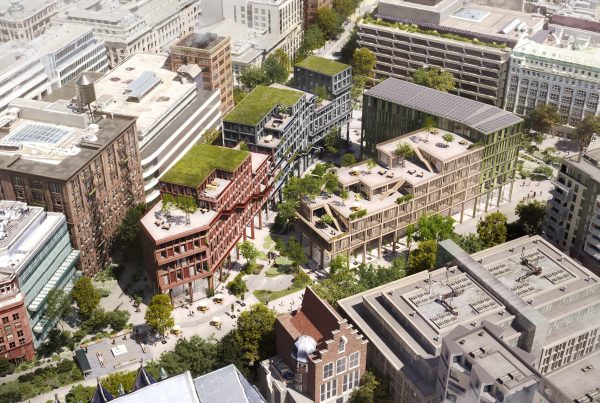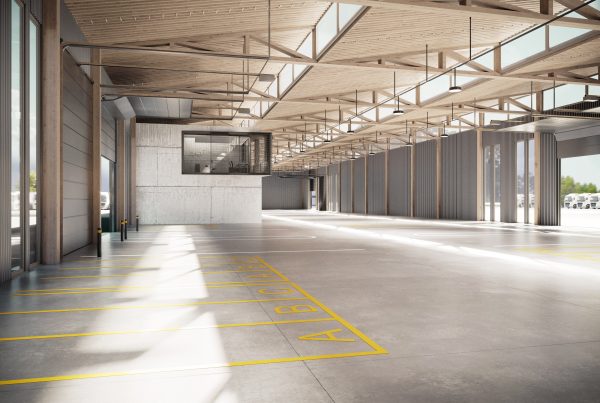A little New York on the Rhine?
Urban development: Hamburg architect advises Ludwigshafen to take its cue from US metropolis / Criticism of “Ugliest City” slogan
 Ludwigshafen/Hamburg. New York – Hamburg -Ludwigshafen. At first glance, you don’t see a great connection between these three cities. As of this week, things that has changed, because Hamburg architect Justus Asselmeyer (small picture) felt called to publish a text about the chemical city on the Rhine. The core message: Ludwigshafen should not hide its light under a bushel so much and take the US metropolis New York as a model. The two cities are much more similar than is apparent at first glance, he said. This concerns the proportion of foreigners, the location on the waterfront – but also dilapidated elevated roads in the city area.
Ludwigshafen/Hamburg. New York – Hamburg -Ludwigshafen. At first glance, you don’t see a great connection between these three cities. As of this week, things that has changed, because Hamburg architect Justus Asselmeyer (small picture) felt called to publish a text about the chemical city on the Rhine. The core message: Ludwigshafen should not hide its light under a bushel so much and take the US metropolis New York as a model. The two cities are much more similar than is apparent at first glance, he said. This concerns the proportion of foreigners, the location on the waterfront – but also dilapidated elevated roads in the city area.
But one after the other. What does a 40-year-old architect from Hamburg have to do with Ludwigshafen? “I read an article in the Frankfurter Allgemeine Zeitung about Ludwigshafen and the Ugliest City Tours,” Asselmeyer tells thisRedaktion in a telephone conversation. “I read a lot, travel a lot, and I’m interested in stories like this,” he reports. That’s why he immediately started researching and also paid a visit to the neighboring city of Ludwigshafen during an official appointment in Mannheim to get an idea of the situation on site.
“Not everyone understands the irony”
In Ludwigshafen, the picture of a city marked by many scars reveals itself to him. The history and self-image of the “wildly diverse” neighborhoods had been neglected in the design of a large city in the postwar period. Ludwigshafen thus stands as a prototype for many problems of German urban development. Nevertheless, Asselmeyer sees a lot of potential, and therefore cannot understand why the city adopts the slogan “Ugliest City” for itsguided tours. “This is a campaign that a lot of people are noticing. It reinforces the negative perception because not everyone understands the irony behind it.”
Ludwigshafen must transform itself from an ugly city into a new, beautiful version with big ideas and small steps, he said. This requires innovative architectural projects to create places of encounter, movement and urban identification.
The U.S. metropolis of New York, where Asselmeyer worked for a year, is just the right role model. “I was an architect in New York myself, and I know the city and the changes it has gone through and is still going through. Ludwigshafen is perhaps much more New York than many people here think,” he says. Like New York, Ludwigshafen has a high proportion of migrants – around 150 nationalities here and 195 there. “New York draws its power of attraction and innovation from precisely this colorful mix of diverse talent and concentrated knowledge.” Ludwigshafen would also have to use this to its advantage.
Both Ludwigshafen and New York are located on the water. There are numerous highlights for people to discover along the banks of the Hudson and East Rivers, he said. “But what does Ludwigshafen offer? The BASF industrial site and a 30,000 square meter shopping mall. Instead of urban meeting areas for people and visitors, there is only interchangeable sales space and industrial area. A wasted opportunity,” emphasizes the architect. Only once a year, the banks of the Rhine awaken at the film festival on Park Island.
The elevated highway as a new high line
The U.S. metropolis of Ludwigshafen has also shown how to deal creatively with a dilapidated elevated highway. A dilapidated freight train track – familiar from many Hollywood films – for which a demolition permit had already been issued, was transformed into a very special place of experience. “The dilapidated, crumbling structure was transformed into one of the busiest inner-city pedestrian routes – the New York High Line,” enthuses the Hamburg architect. The old railroad tracks, some of which can still be seen, have been landscaped and provided with places to stay.
Asselmeyer is also aware that the decision to demolish the north elevated highway and replace it with a city street cannot be reversed. Still, he would like to see the headline in a few years: “Ludwigshafen opens world’s longest pedestrian and bicycle elevated highway”. He is convinced: “Ludwigshafen can become the city of enablers. The city of the industrial future and of BASF. Proud of its industry and innovative strength and the importance of the site, similar to how Wolfsburg is proud of Volkswagen.”
Published on 18.02.2022 by Julian Eistetter in Mannheimer Morgen: https://www.mannheimer-morgen.de
Press contact:
ASSELMEYER ARCHITEKT Hamburg
Lange Reihe 29
20099 Hamburg
Tel.: +49 (0) 40 524 764 040
E-mail: info@asselmeyerarchitekt.de
Web: https://www.asselmeyerarchitekt.de





